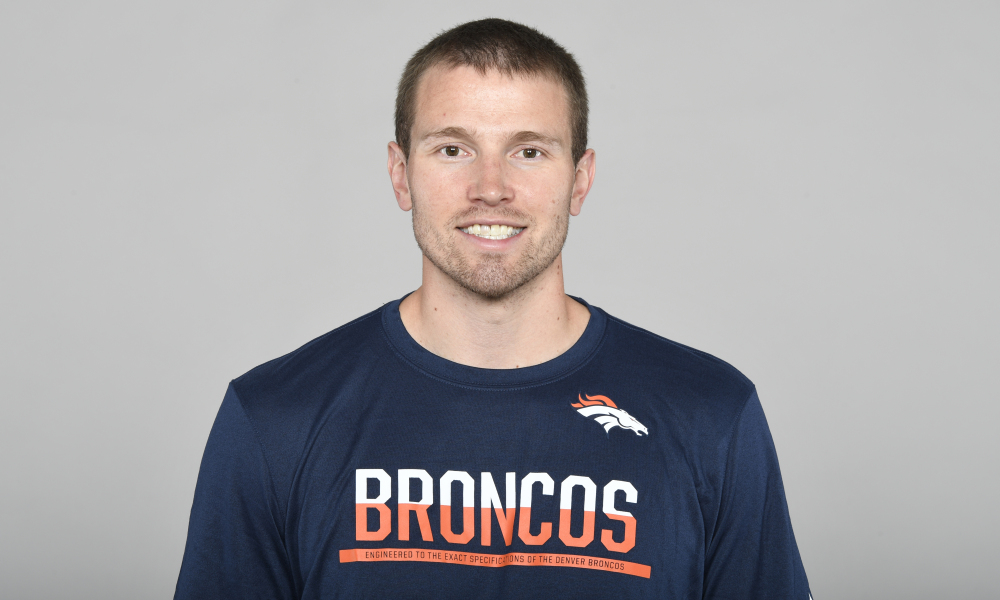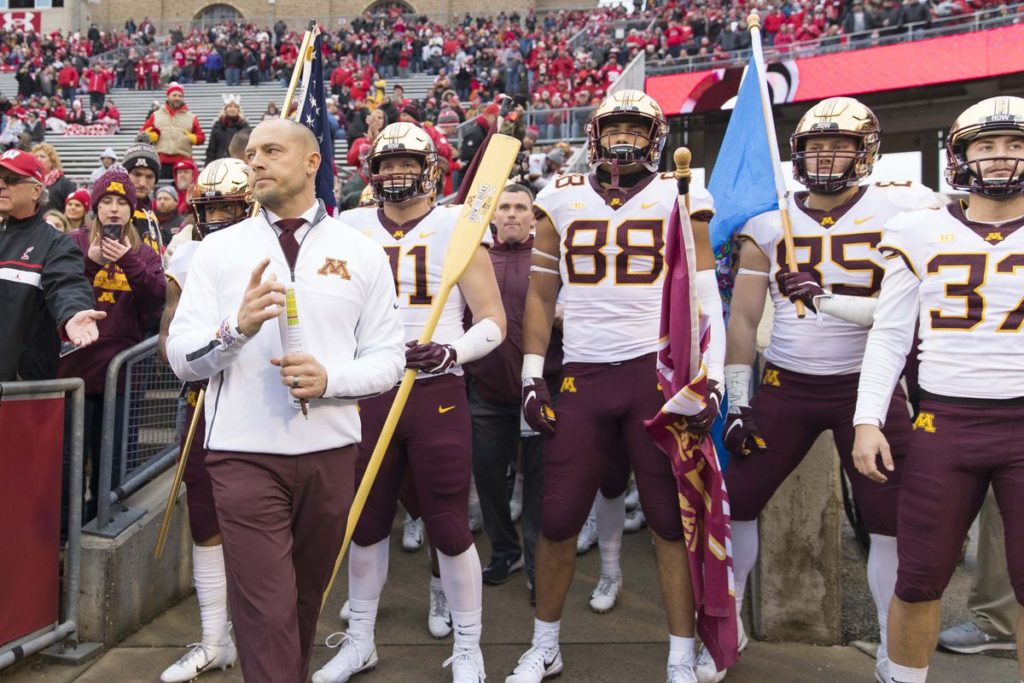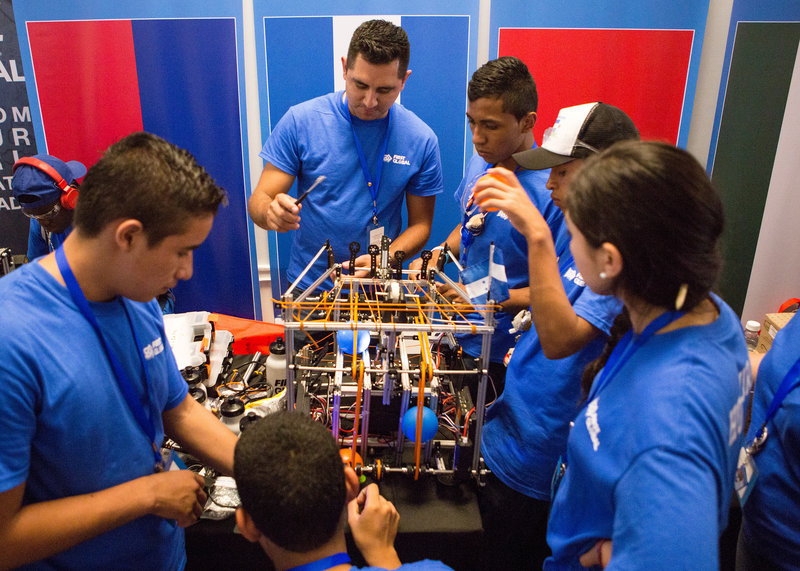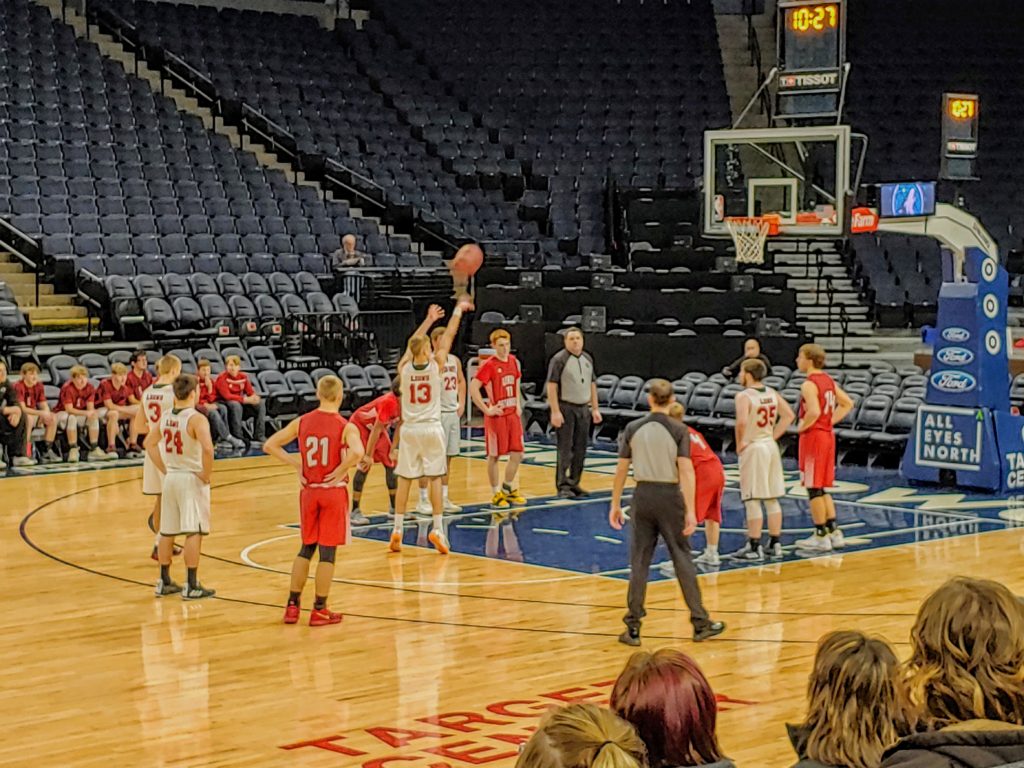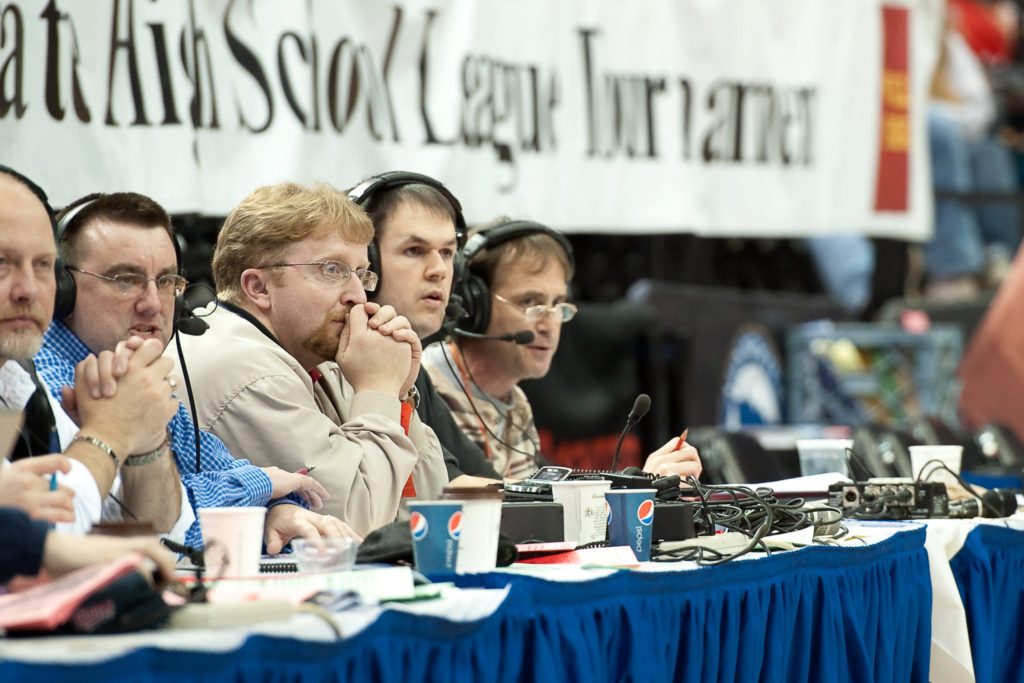By Chad Smith
The University of Minnesota-Crookston baseball team describes itself as “gritty, not pretty.” Whatever they’d like to call themselves, it’s working. In spite of the challenges that come with a small-college program, the Golden Eagles won 14 of their first 22 games. Eagles head coach Steven Gust said they’re playing some pretty good baseball in spite of fielding a young roster this spring.
“We’re getting the job done,” he said with a smile visible through the phone. “it’s been a bit of a surprise because we lost key contributors from last year’s team. However, we’re finding ways to win in spite of that.
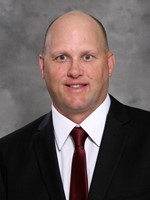
“We aren’t going to overpower people on the mound this season,” he said. “Our best kid from last year, Zach Seipel, got drafted by the Atlanta Braves. That’s good news but he was only a junior, so we did expect him back this year. The kids we do have back are doing a good job of filling the strike zone, mixing their speeds, and are attacking hitters.”
The first player drafted
Getting a player drafted into Major League Baseball is a feather in the cap of any program. However, it’s an even bigger feather for a small school like Minnesota-Crookston because he was the first Golden Eagle ever picked in the MLB draft. What makes it an even better story is the young man didn’t originally come in to pitch for the Golden Eagles.
“I saw him as a catcher in legion baseball,” Gust recalled. “I thought he had a pretty decent arm behind the plate. I wasn’t sure about his hitting, but good defensive catchers can be hard to find. It was one of my first years coaching and our pitching was thin. We needed someone to pitch the end of a scrimmage and he volunteered after pitching just nine total innings in high school.”
Gust said, “The ball jumped out of Zach’s hand and he was around the zone. After that, we told him to sell his catcher’s glove and he became our closer. He left here throwing a 93-94 mile-per-hour fastball. He’s a great kid and he’s only going to get better as a player.”
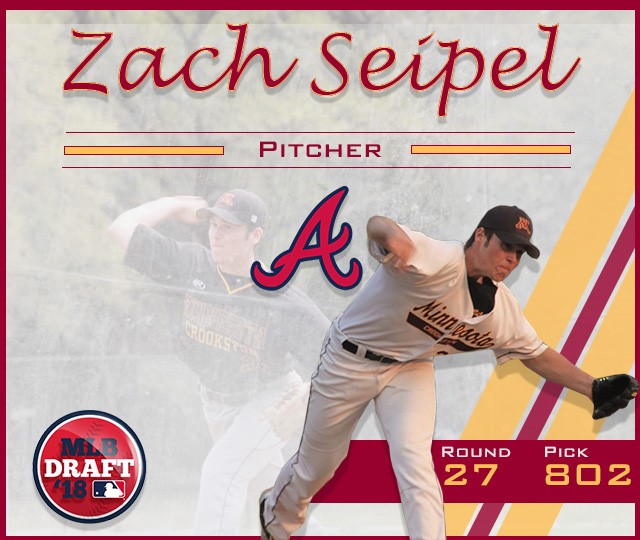
Getting a player drafted is big milestone considering that before Gust and the current staff arrived, the Golden Eagles had won just two of their previous 100 games. Literally, the team was 2 and 98 before Gust showed up.
Building a program
“We were fortunate to add some good players to some really good-character kids that were already here,” Gust said, “and they all bought in right away. There are so many pieces to the puzzle when you’re trying to build a program like Minnesota-Crookston.
“The pieces include working on facilities and trying to get the highest quality you can,” he added. “You have to find good assistant coaches that don’t mind working for literally nothing other than their passion for the game. We also don’t have a lot of scholarships to offer, so that’s not a strength either.”
When Gust took over the program, there were 18 Golden Eagles on the roster. Now, in spite of some limitations that come with smaller-school athletics, they currently have 46 players on the roster. They recruit primarily in Minnesota and North Dakota. They’ll include a few kids out of Wisconsin, Iowa, and South Dakota as well.
“The majority of our kids come in from our backyard,” he said. “We’ve created some excitement in the area by bringing in a lot of familiar players. The attendance and support from the community have been great. We’re just trying to do the little things that maybe one day will allow us to start thinking about winning a championship.
“We don’t have any 5-tool recruits,” Gust added. “We’re getting better players who happen to be good students as well. Our team GPA in the fall was 3.3, which is almost unheard of. We’re looking for guys who might have a little chip on the shoulder because they weren’t recruited by some of the bigger schools. They’ll have a passion for what they’re doing out there on the field.”
Gust added, “There’s no way I could run a program if I didn’t have a great group of people around me.”
Weather is a challenge
Like most schools in the north, the weather is always a challenge to deal with. Gust said one of the biggest goals for all the Crookston programs is to get a covered practice facility. What really hurts the team is not being able to get outside much early in the season to get some much-needed practice in. Gust says, “I think that’s coming here at Minnesota-Crookston, it’s just a matter of when.”
The Eagles team is basically brand-new this season. They graduated a lot of seniors from last spring’s squad. Last year, Crookston won 24 baseball games, but Gust said they were “disappointed” because they thought they were headed back to the postseason tournament. However, it didn’t happen.
“We have several junior college players on the roster this spring,” Gust said. “Sometimes, it’s hard for Junior College players to buy in when they come to a four-year school. However, our guys seem to have bought in right away. We’ve found ways to get things done so far in spite of facing some really good pitching in the first three weeks of the conference season.”
NSIC a solid conference
From top-to-bottom, the Northern Sun Intercollegiate Conference is one of the best Division Two conferences in the country. For example, they have the defending national champion Augustana (Sioux Falls, SD) Vikings as a member of the conference.
“Minnesota-State Mankato is always good,” Gust said. “Concordia-St. Paul has some really solid arms this season. St. Cloud State might be the team to beat. Even the teams that have been on the bottom over the past few years have gotten better. Teams like the University of Mary (Bismarck, ND) and Minot State (Minot, North Dakota) are among the teams taking steps forward.”
Even before they got going in their conference schedule, Crookston headed south to play some very good non-conference squads. They started off their season with perennial power Central Missouri State. Gust said people told him he was crazy to play them. However, he did see some good things in spite of losing to CMS.
“I thought a lot of good things came out of playing tough competition like that,” he said. “I saw signs that we could be a pretty good team. We also went down to Florida to play some really tough teams too. I think our non-conference schedule really prepared us well to do some good things in the conference.”



